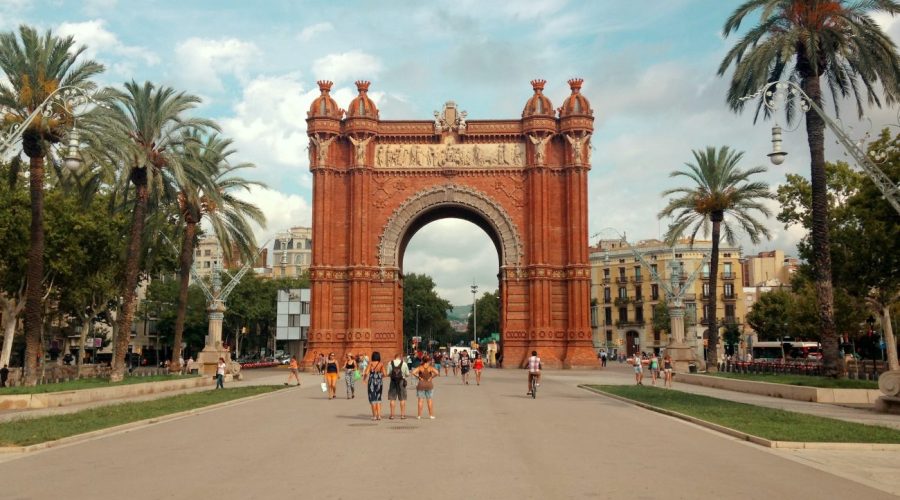Is Barcelona Metro Safe at Night?
Not just any other city, Barcelona is; the captivating, exceeding vibrant capital of Catalonia, famous for its architecture masterpieces, spectacular beaches and fierce nightlife. As a traveler, or couch warmer you may be curious about the safety of taking the Barcelona metro, pertaining to night hours. In this post we will discuss the ways of safe traveling and tips of safe metro using on this beautiful city.
1. Security Measures in Place
Barcelona Metro is committed to one thing, safety, and therefore we are going to offer to you a variety of safety measures. Here are some key measures:
Gendarmes: Mais les stations métro disposent d’effectifs pouvant être vu à l’œil nu, du Mossos d´Esquadra (Catalan Police) et de la Guardia Urbana (City Police) de services pour assurer la sécurité des voyageurs.
Cameras and Alarms: Stations are equipped with surveillance cameras and emergency alarm systems that is always monitored by human for any types of suspicious or emergency occurrence.
Staff Aid: Barberá provides staff at stations to help clients with any enquiries or worries.
2. Selecting the Right Time and Line
In general, the night shift in the Barcelona metro is considered safe, however, it is still best to be vigilant and take a few precautions. Here are a few things to think of:
Peak Hours: Try to avoid traveling alone during night hours, late after midnight if possible. Use the metro where it is more crowded, as at rush hour.
Central Lines: Take the main and central metro lines with more passengers, such as L1 (Red Line) and L5 (Blue Line), which is more crowded and safer.
Stay Away from Less Crowded Areas: Make every effort to bypass metro places in out of the way or less used areas, usually if you do not know the place.
3. Mind Your Belongings
Having a good sense of awareness of your belongings is important everywhere, and the Barcelona metro is no different. The following are some guidelines to prevent theft or loss:
Safe Guards Valuables: Make certain that are safe and not easily stolen by pickpockets. Use zippered pockets or have them against your body.
Steer Clear of Flashy Items: Do not bring out pricey gadgets or dazzling jewels that might catch the eye of anyone you don’t want.
Bag Locks- An Extra Layer of Secure: It is best to use bag locks or anti-theft backpacks to deny pickpockets an easy access.
4. Trust Your Instincts
When it comes to personal safety here is one thing which is very important – to believe in your instincts. If something is not right, or feels difficult, consider the following:
Change Cars: If you are on train and having uneasy feeling in presence of some person shift the car or next to other passenger.
Emergency Function Buttons: Each metro car have emergency function buttons. If you feel unsafe or experience an emergency, these buttons will alert the driver or metro personnel.
First Aid Points: Know the location of first aid points and emergency exists in metro stations.
Remembering to be alert and conscious of your environment is necessary for a safe travel ride in the metro Barcelona.
5. Alternative Transportation Options
Even if, after learning about the Barcelona metro at night, you are still a little uncertain about using such a service at this hour, you can always consider other transportation options. These include:
Taxis: Barça has been a well controlled taxi system in town and it is very only possible that you fall upon a licenced taxi here and there.
Ride-Sharing: Ride-Sharing enterprise such as Uber and Cabify are also in Barcelona, with satisfactory and safe transportation.
Night Buses: nits bus operates various night services across the city covering different areas offering safe transport at night.
Generally speaking Ventura, Barcelona Metro is presumably safe to go at night but, exercise caution and take heed of the safety tips. If getting the right timing, central lines and taking care of your belongings, trusting your gut feeling and seeking alternative transportation routes then your metro experience will be safe and enjoyable in Barcelona.
Table of Contents



